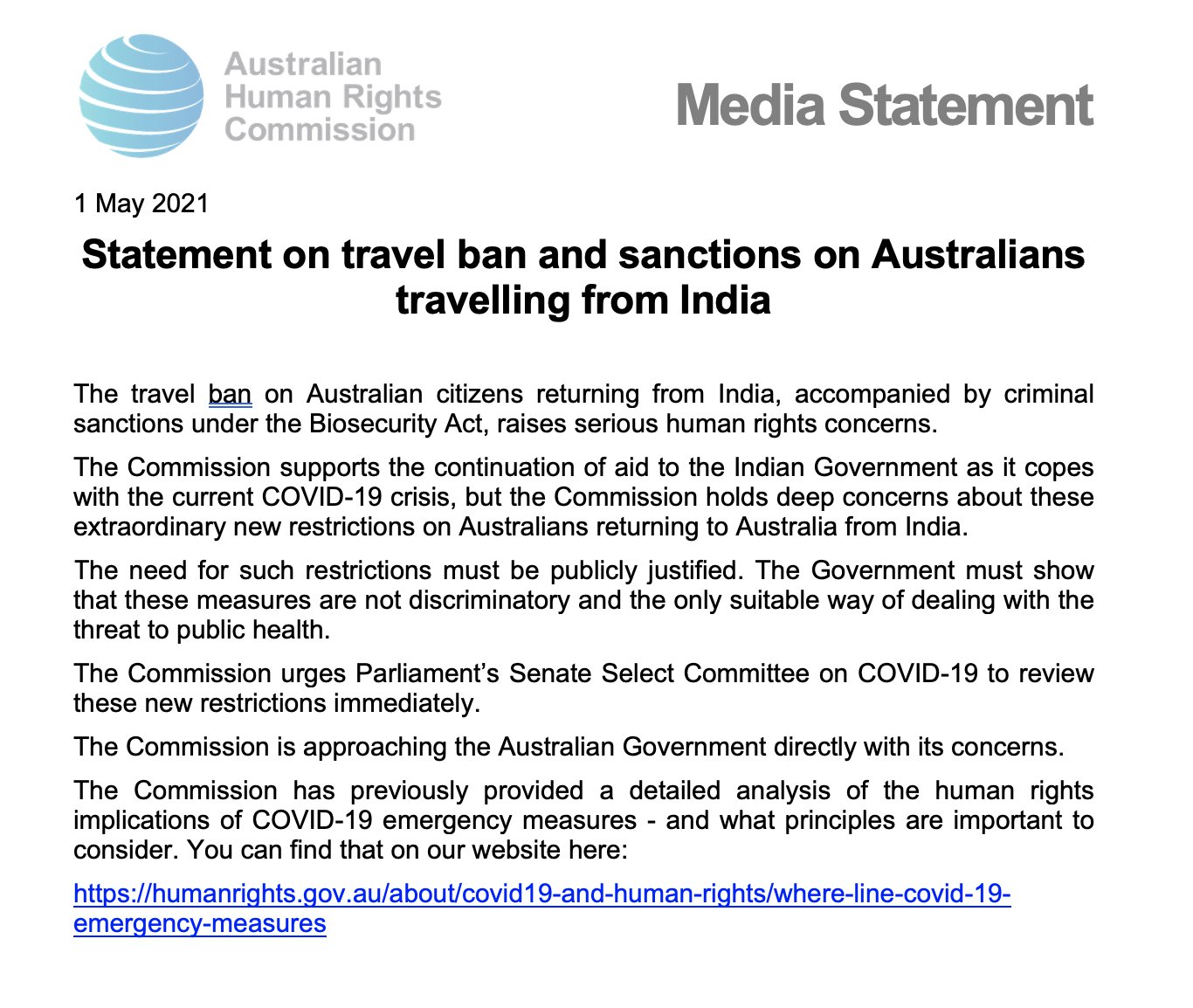Australian shares showed signs of recovery on Friday and moved higher, the benchmark index posted its biggest weekly drop in 11 weeks. The three days of heavy losses on Tuesday, Wednesday and Thursday meant the ASX 200 ended the week lower by 0.9%, its biggest weekly fall since Feb 26.
There is high volatility in markets due to inflation fears.
But, even though the inflation issues are there, we do see financials still doing good. This was reflected in Commonwealth Bank (CBA) hitting a new record high on Friday. We expect CBA to continue its strength and reach the $100 mark soon.

The week also saw energy stocks go up as Oil/Gas prices rallied. The opening of Colonial Pipeline, however, could reduce the gasoline prices situation thus bringing the price down Also there are still concerns about the increasing number of Coronavirus cases in India (the World’s third-largest importer of Petrol) and with India going into lockdown this may impact oil prices and in turn energy shares negatively.
As Iron prices stabilised and went down over the last week the share prices of BHP, RIO and FMG took a hit.
Technology stocks, however, were worst hit, the financials and materials sectors however outperformed the index. While we expect the market to open higher on Monday following positive movements in Wall Street, there is a lot of data that may impact trading in Australia.

- 1- Monday, Agribusiness Elders gave its first half earning figures.
- 2- Tuesday, we have RBA minutes from the May meeting published. The minutes may impact the movement in the Australian Dollar and give direction in which way RBA thinks the economy is headed.
- 3- Thursday, we have employment data coming out. This employment data will be looked at very closely by the investors as it will give an indication if the end of wage keeper is contributing to unemployment. The market is expecting a small rise in the unemployment rate to 5.7%. An increase above that may have a negative impact on the markets.
- 4- Friday, Australian retail figures are due which is important to know how the economic recovery is shaping.
Coming on to the currency markets, the Australian dollar had a heavy selldown mid-week against the US dollar. However, as sentiments improved it gained strength against the greenback.

As of the close of the market on Friday, 1 Australian Dollar was buying 77.86 US Cents. We expect the Australian dollar to gain strength with positive momentum on its side, however, the RBA minutes, Employment data and retail figures all coming next week could make the next week very volatile for the local currency.
The Australian Dollar also had a fall against the Indian Currency, going down from buying Rs 57.55 to end on buying Rs 56.98 on Friday. Looking at historical movements we expect the Australian dollar to decline against the INR for next week, however, the crucial Rs 55.97 support may be hard to breach. If you are looking to send money home to India it would be a good idea to send around this mark.
In the Crypto World, Elon Musk sent the price of Bitcoin crashing after confirming they would not be accepting Bitcoin as a payment method for Tesla. While Bitcoin finds it hard to break the USD 50,000 mark since, some of the other altcoins such as Cardano, Polka Dot, Stellar Lumens continued their momentum higher. We in particular like Cardano and expect it to continue with the momentum up.
Disclaimer: The writers’ opinion in the above article are their own and do not constitute any financial advice whatsoever. Nothing published by The Australia Today constitutes an investment recommendation, nor should any data or content publication be relied upon for any investment activities.
We strongly recommend that you perform your own independent research and/or speak with a financial advisor or qualified investment professional before making any financial decisions.






 (@naveenjrazik)
(@naveenjrazik) 






































 (@DrRonMalka)
(@DrRonMalka) 





























































































 du Whistle P
du Whistle P du! (@ChennaiIPL)
du! (@ChennaiIPL) 







 déploie une opération exceptionnelle de solidarité avec l’Inde
déploie une opération exceptionnelle de solidarité avec l’Inde 8 unités de production d’oxygène médical
8 unités de production d’oxygène médical
 UNLIMITED TRANSFERS ALERT
UNLIMITED TRANSFERS ALERT 






















































































































 The Big interview with the Universe Boss
The Big interview with the Universe Boss 








 .
. 






















































 PROTEST AT JANTAR MANTAR
PROTEST AT JANTAR MANTAR  (@student_mehkma)
(@student_mehkma) 




























 Total
Total  87.80% Cured/Discharged/Migrated (1,25,47,866)
87.80% Cured/Discharged/Migrated (1,25,47,866)











